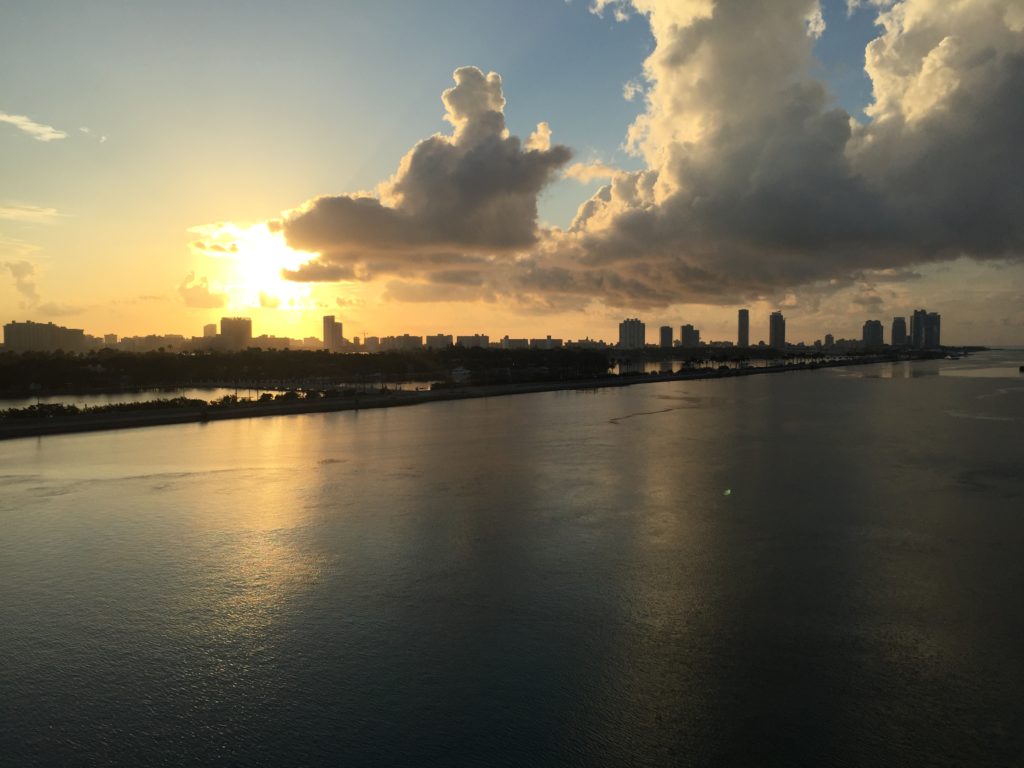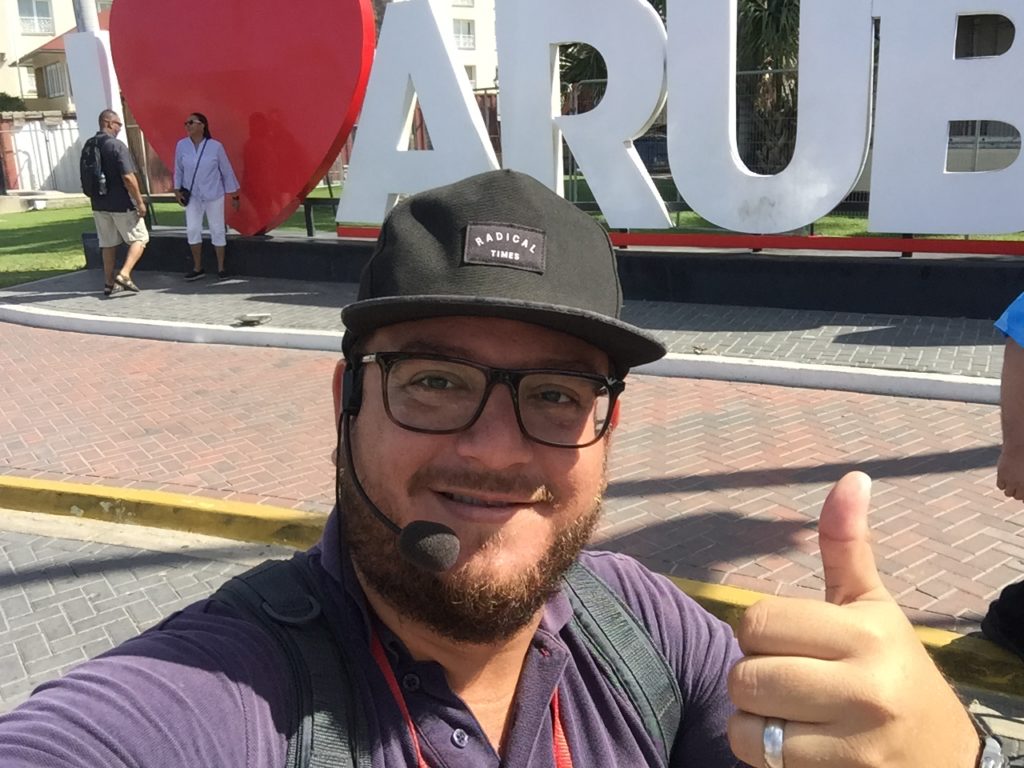[featured-image single_newwindow=”false”]
When you close your eyes and think of a tropical paradise what comes to mind? I’m sure one of the Caribbean islands comes to the forefront. Until recently St. Martin, one of the Virgin Islands, would be in my top spot!
So what island could possibly be my new number one? Aruba! Yes, Aruba! The island is absolutely beautiful. Due to its dry climate, the island has a consistent and reliably warm temperature. In addition, Aruba is located outside Hurricane Alley.
Like Curacao, Aruba is a constituent country of the Kingdom of the Netherlands. Aruba, together with Bonaire and Curacao, are referred to as the ABC islands. Located 18 miles off the coast of Venezuela, Aruba is 20 miles long and 6 miles wide.

The Caquetio Amerindians, who were the first residents of Aruba, welcomed Spanish explorers to Aruba in the 1500’s. Although the island was colonized by Spain for over 100 years, due to its dry climate, it was not considered profitable for the slave market and plantation system.
After the Dutch took control of the island in the 1700’s, the Caquetio’s were left to farm and raise livestock on the island until the British took control in 1799. After the Napoleonic wars, the island was returned to Dutch control by the British.
Aruba’s culture is a reflection of the island’s rich diversity. The ethnic composition of the island is a combination of European, Amerindian, and African. Papiamento, which is a creole language, and Dutch are the official languages of Aruba. Dutch, American, Caribbean and Latin American traditions are celebrated on the island.
When my husband and I arrived on the island, we were greeted by a warm breeze and a smiling tour guide named Kock. As we prepared to depart on our tour, Kock promised to show us the “real Aruba.” His easy-going personality allowed him to connect with all members of our group.

As we set off on our tour, and to engage us in the tour, Kock challenged us to find the eight-life size blue horses of Aruba.
During the tour, Kock shared Aruba’s colorful history. As promised, he took us to the traditional tourist spots and local hang-outs. As our tour progress, finding the blue horses became a competition for members of the tour.
Kock educated and entertained us. At the conclusion of the tour, Kock had successfully connected on a personal level with the members of the group by creating a memorable experience.
[callout]To be effective and achieve success, leaders must be connectors. [/callout]
Dr. John C. Maxwell offers us the following six keys to creating an enjoyable experience:
- Take responsibility for your audience
- Communicate in their world
- Capture your audience’s attention from the start
- Activate your audience
- Say it so it sticks
- Be visual
In his book Everyone Communicates Few Connect, Maxwell reminds us;
[shareable cite=”Dr. John C. Maxwell”]Connecting with people is a two-way street. It is a dialogue, not a monologue.”[/shareable]
Koch keeps his promise to show us the real Aruba. As a result, Aruba has moved into my top three tropical paradises.
How do you create an experience everyone enjoys?
Your leadership guide,
Kim
Dr. Kim Moore | Your Leadership Guide | kimdmoore.com

0 comments